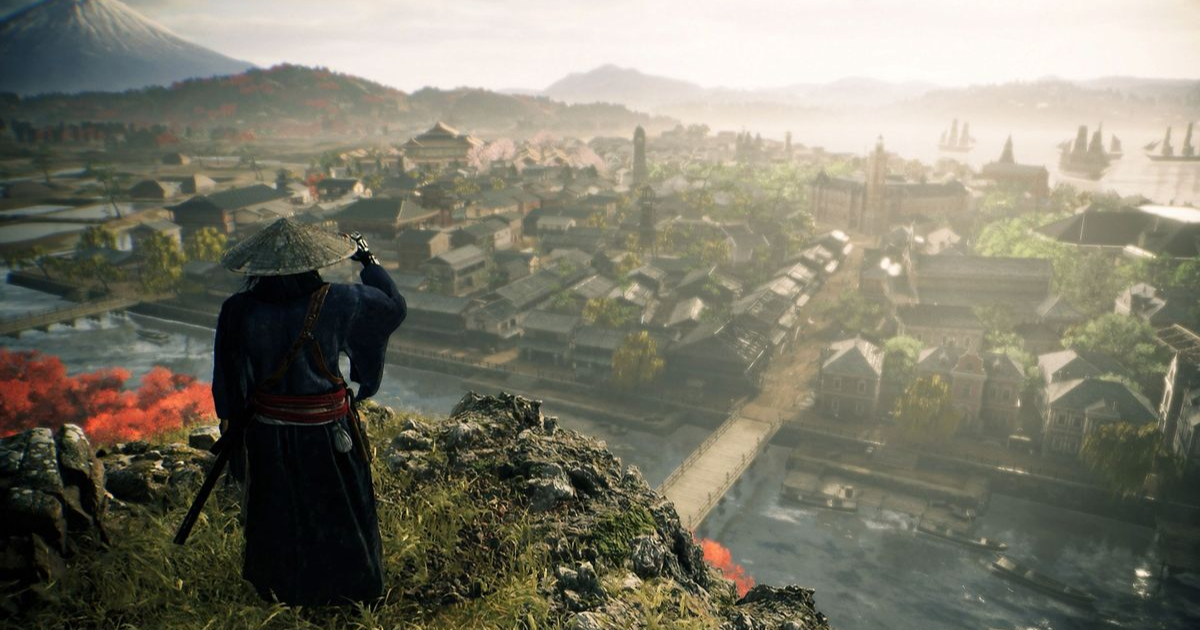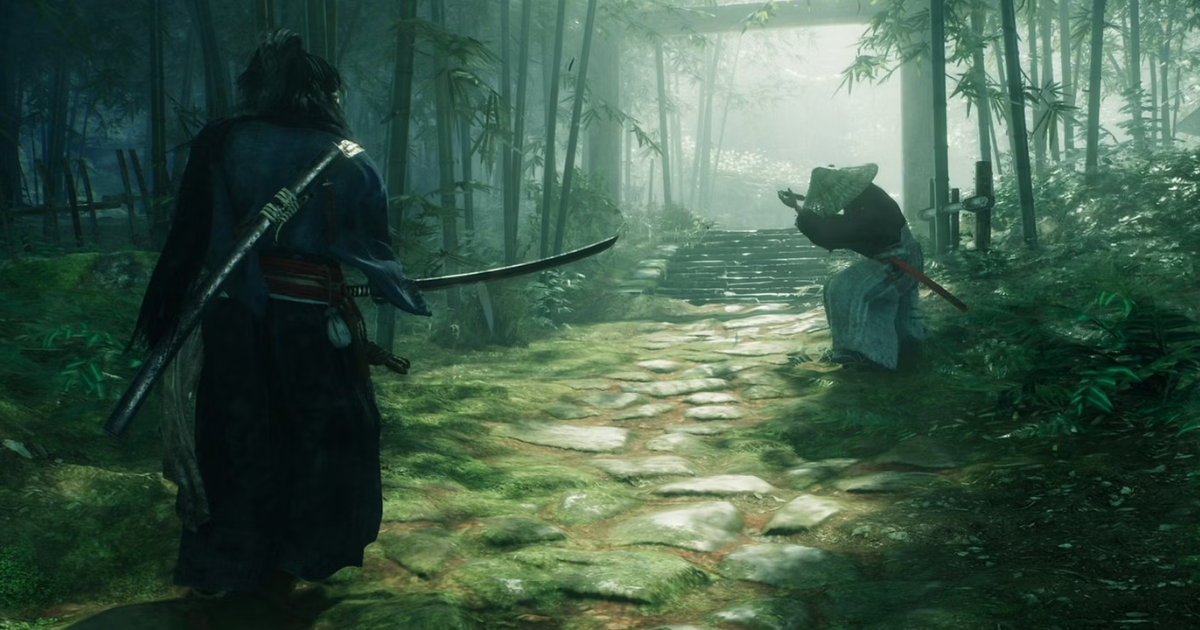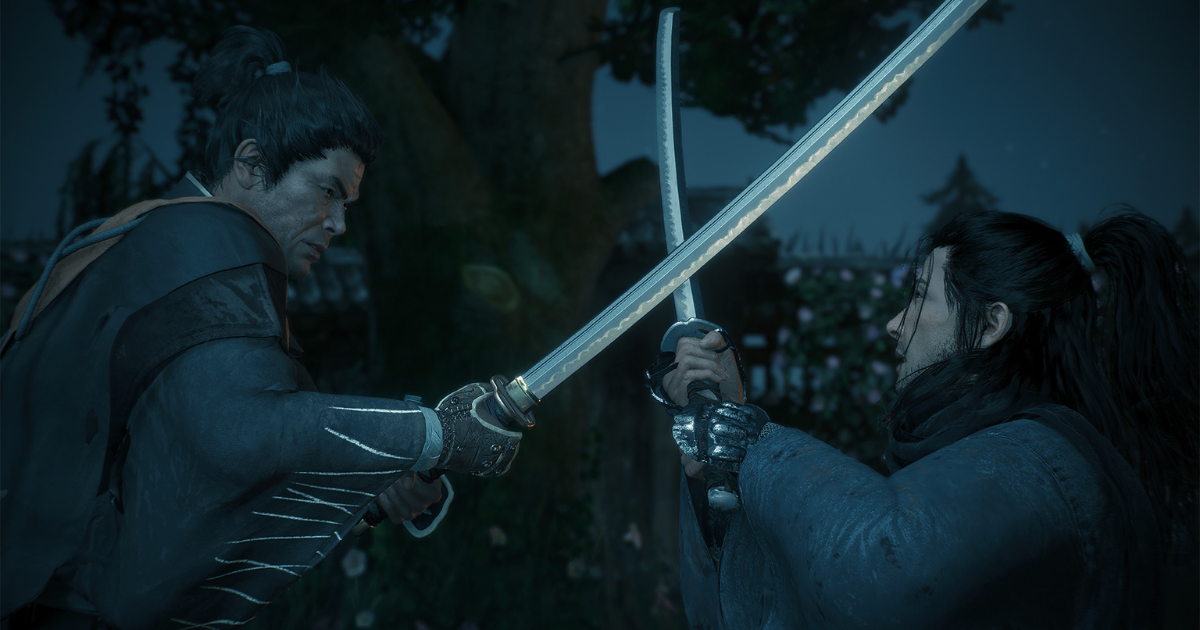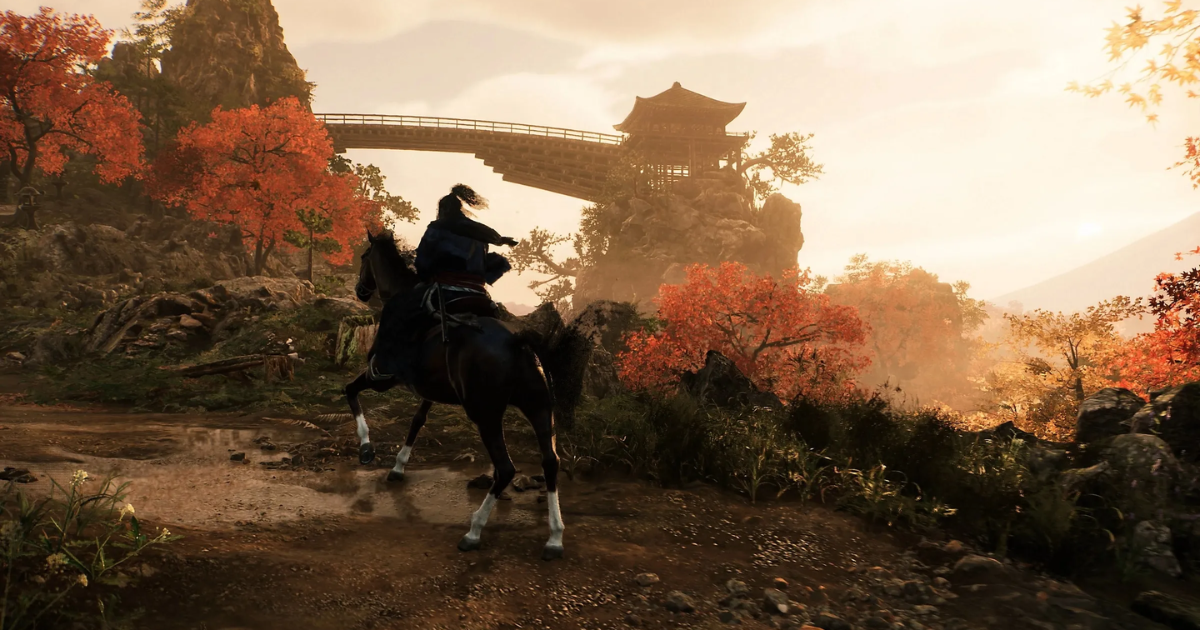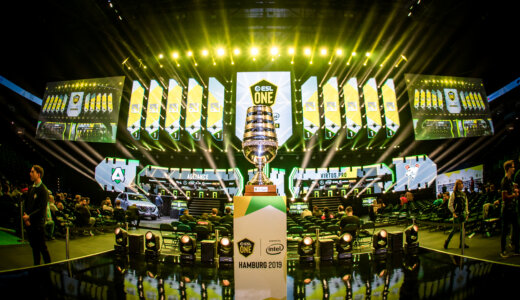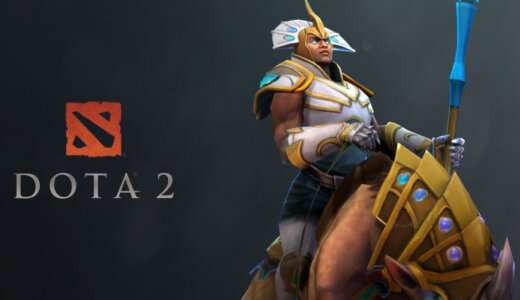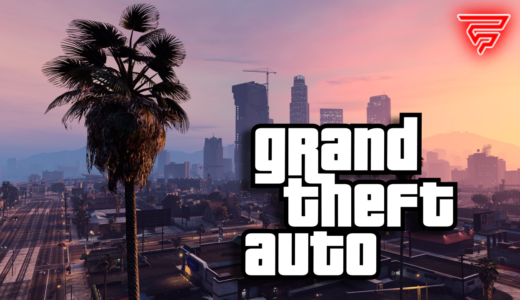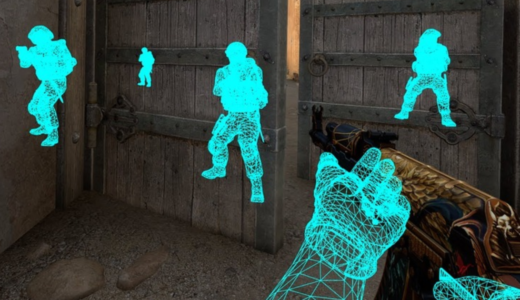Two of PlayStation’s most recent samurai RPG epics, Rise of the Ronin and Ghost of Tsushima have naturally been compared. Despite not being directly related, these ambitious games do have a few similarities in their vast open-world format. We compare the maps of Rise of the Ronin and Ghost of Tsushima to one another.
Vast Size and Scale
One of the most obvious similarities is just how absolutely massive the maps are in both games. Rise of the Ronin’s sprawling playground measures an immense 10.4 square miles to explore. Ghost of Tsushima is nearly as vast, clocking in at 11 square miles of gorgeous island terrain.
However, the layouts of these two open worlds differ significantly. Ghost of Tsushima’s map unfolds in a more vertical, linear progression as you push northward, steadily unlocking new areas. Rise of the Ronin, on the other hand, opens up the large Yokohama section immediately, with entirely separate standalone regions like Edo and Kyoto becoming accessible later on.
Landscapes in Opposition
Although they have similar surface areas, the actual landscapes and environments in Rise of the Ronin and Ghost of Tsushima are very different in appearance and feel. Ghost of Tsushima’s map shows a very different landscape: from snow-capped mountains to plains and biomes and beaches.
The rise of the Ronin’s terrain is far more monotonous by comparison. Much of the scenery is dominated by thin green forests and small villages that all tend to blend together with little variation across different map regions.
Urban Marvels and Cities
One area where Rise of the Ronin pulls ahead is its incredible depiction of bustling cities and urban environments. Set in the late 1800s, roughly 600 years after the Ghost of Tsushima, society had progressed to construct massive metropolitan marvels. Exploring sprawling cities like Yokohama, Edo, and Kyoto, each rivaling Saint-Denis in Red Dead Redemption 2 in scale, is a true spectacle missing from Ghost of Tsushima’s world.
Ghost’s version of late 13th century Tsushima island is more sparsely populated, containing only castles, villages, and the occasional estate standing alone. The arrival of large, densely packed cities in Rise of the Ronin adds a whole new dimension to exploring its open world as a lowly masterless samurai.
Side Content and Rewards
While Rise of the Ronin may boast grander cities, Ghost of Tsushima has the edge when it comes to meaningful side content that rewards players for veering off the main path. Tales of Tsushima, particularly those expanding on main characters like Ishikawa and Lady Masako, deliver compelling narrative vignettes that breathe life into the world outside the central story.
In contrast, Rise of the Ronin’s side quests and random events out in the wilderness feel far less inspired and purposeful. Randomly running into hostile gangs that attack for no discernible reason is a letdown compared to encounters with Mongols or rogue bandits in Ghost’s richly realized world.
Post-Game Longevity
It’s clear Ghost of Tsushima’s stunning open world was a true labor of love for Sucker Punch that set a new standard for the industry upon its 2020 debut. While Rise of the Ronin from Team Ninja provides an intense dose of satisfying sword combat, its open-world elements can’t quite match the quality and longevity of what Ghost accomplished.
While Rise has its share of post-game content to enjoy after the credits roll, it doesn’t have anything comparable to Ghost’s Directors Cut which greatly expanded the original with new landscapes to explore and narratives to unravel. Even with nearly identical map sizes, Rise of the Ronin’s open world simply doesn’t hold a candle to the intricate, purposeful design found across every corner of Tsushima.
Are They Related?
Despite all their parallels, Rise of the Ronin and Ghost of Tsushima are not directly connected or related to each other in any canonical story sense. They were created by entirely separate development teams – Sucker Punch for Ghost and Team Ninja for Rise – and exist as their own self-contained stories.
However, Team Ninja has cited Ghost as a key influence for Rise alongside other open-world giants like Assassin’s Creed. You can see Ghost’s DNA oozing through in Rise’s period setting, katana-laden combat, and the scale of its map. Yet they still feel distinct thanks to differences in tone, time period, and finer open-world dynamics.
Two Stunning but Unique Worlds
Whether you prefer the grounded historical realism of Tsushima or the blend of feudal Japan with light supernatural elements in Rise of the Ronin’s version of the late 1800s, both of these games deliver an engrossing open-world samurai experience.
While Ghost of Tsushima may take the crown for sheer depth and variety sprawled across its map, Rise of the Ronin forges its own unique identity with incredible cities unlike anything seen before in this genre. For fans of meaty, meticulously crafted open worlds, either journey is well worth taking.
So raise your katana, strap on your grappling hook, and dive into the next era of PlayStation’s iconic samurai action! Whether it’s slicing Mongols in Ghost of Tsushima or battling supernatural forces in Rise of the Ronin’s take on pre-modern Japan, an epic adventure awaits.

